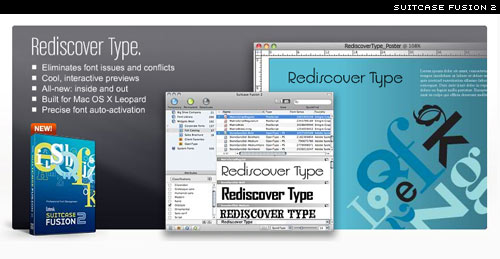

Classification īlends of two or more words may be classified from each of three viewpoints: morphotactic, morphonological, and morphosemantic. Furthermore, when blends are formed by shortening established compounds or phrases, they can be considered clipped compounds, such as romcom for romantic comedy. However, if it were called a " stish" or a " starsh", it would be a blend. For instance, starfish is a compound, not a blend, of star and fish, as it includes both words in full. Thus, at least one of the parts of a blend, strictly speaking, is not a complete morpheme, but instead a mere splinter or leftover word fragment. Words containing splinters I shall call blends". The 1973 Introduction to Modern English Word-Formation explains that "In words such as motel, boatel and Lorry-Tel, hotel is represented by various shorter substitutes – ‑otel, ‑tel, or ‑el – which I shall call splinters. A blend also differs from a compound, which fully preserves the stems of the original words. Ī blend is similar to a contraction, but contractions are formed, usually non-intentionally, from words whose sounds gradually drift together over time due to them commonly appearing together in sequence, such as do not naturally becoming don't.

English examples include smog, coined by blending smoke and fog, as well as motel, from motor ( motorist) and hotel. portmanteaux), or portmanteau word ( / p ɔːr t ˈ m æ n t oʊ/ i, / ˌ p ɔːr( t) m æ n ˈ t oʊ/)-is a word formed, usually intentionally, by combining the sounds and meanings of two or more words together. In linguistics, a blend-sometimes known, perhaps more narrowly, as a blend word, lexical blend, portmanteau (pl.
#Using suitcase fusion how to#
For the method of teaching how to read, see synthetic phonics. This article is about a word-formation called a blend.


 0 kommentar(er)
0 kommentar(er)
